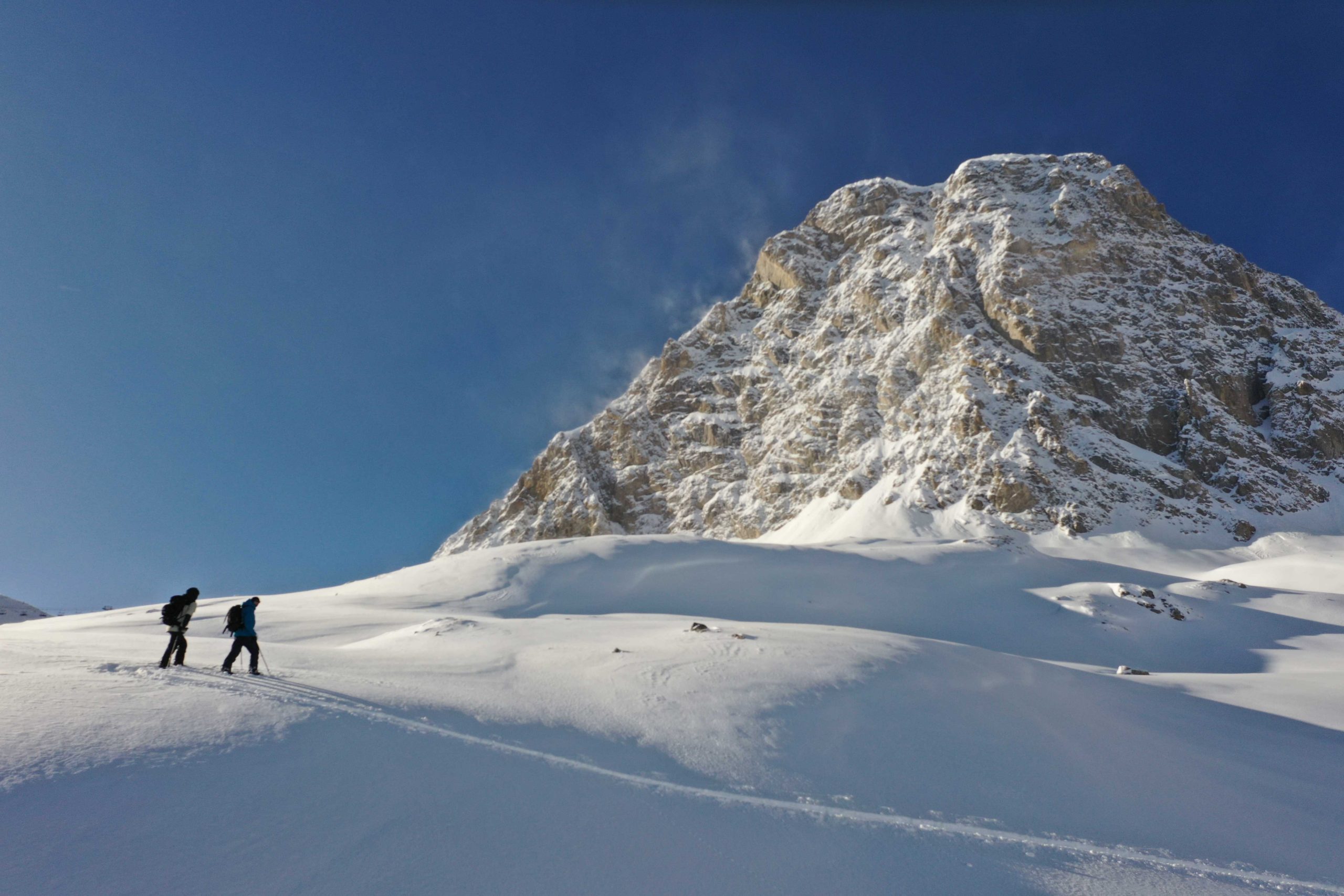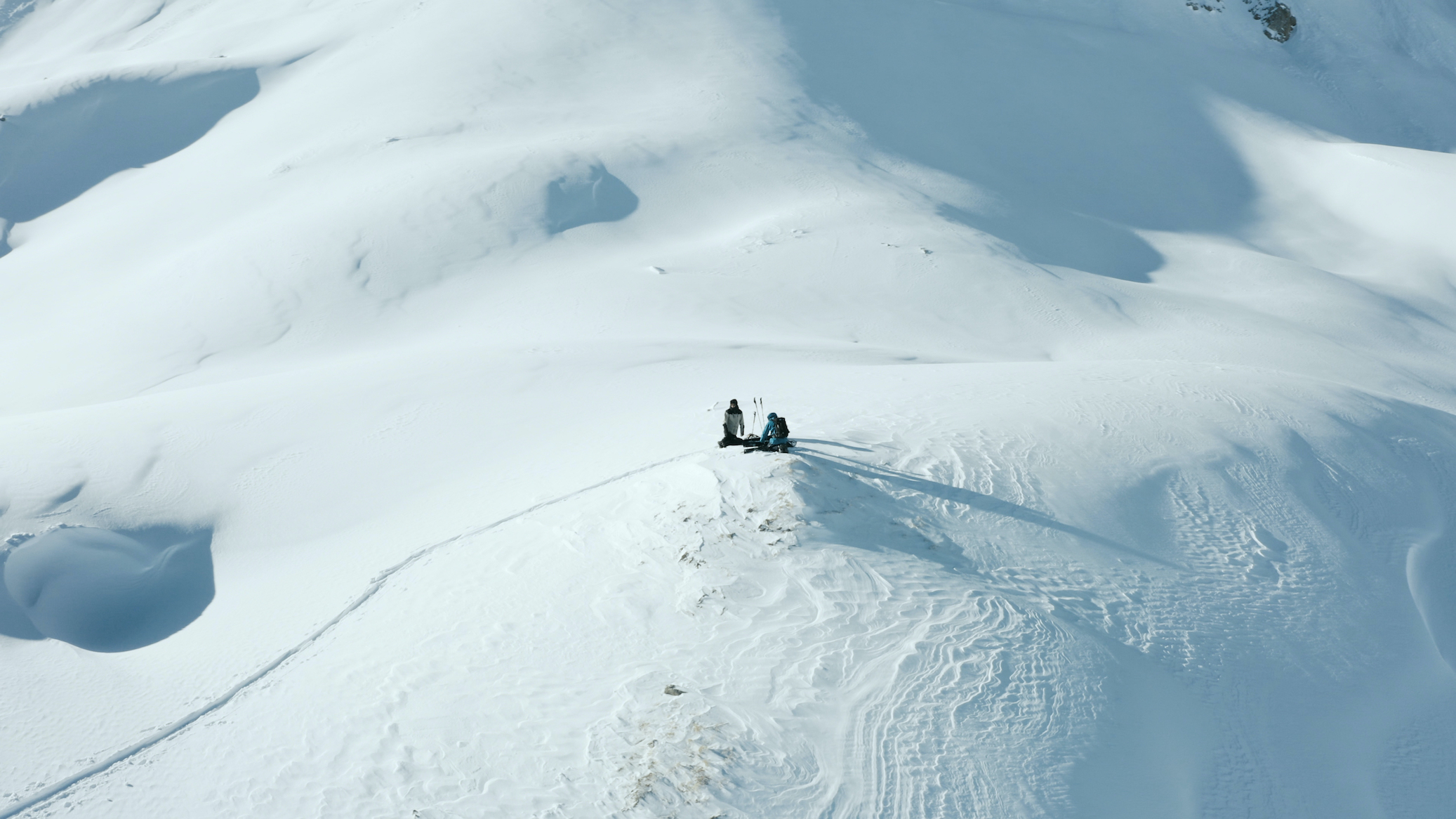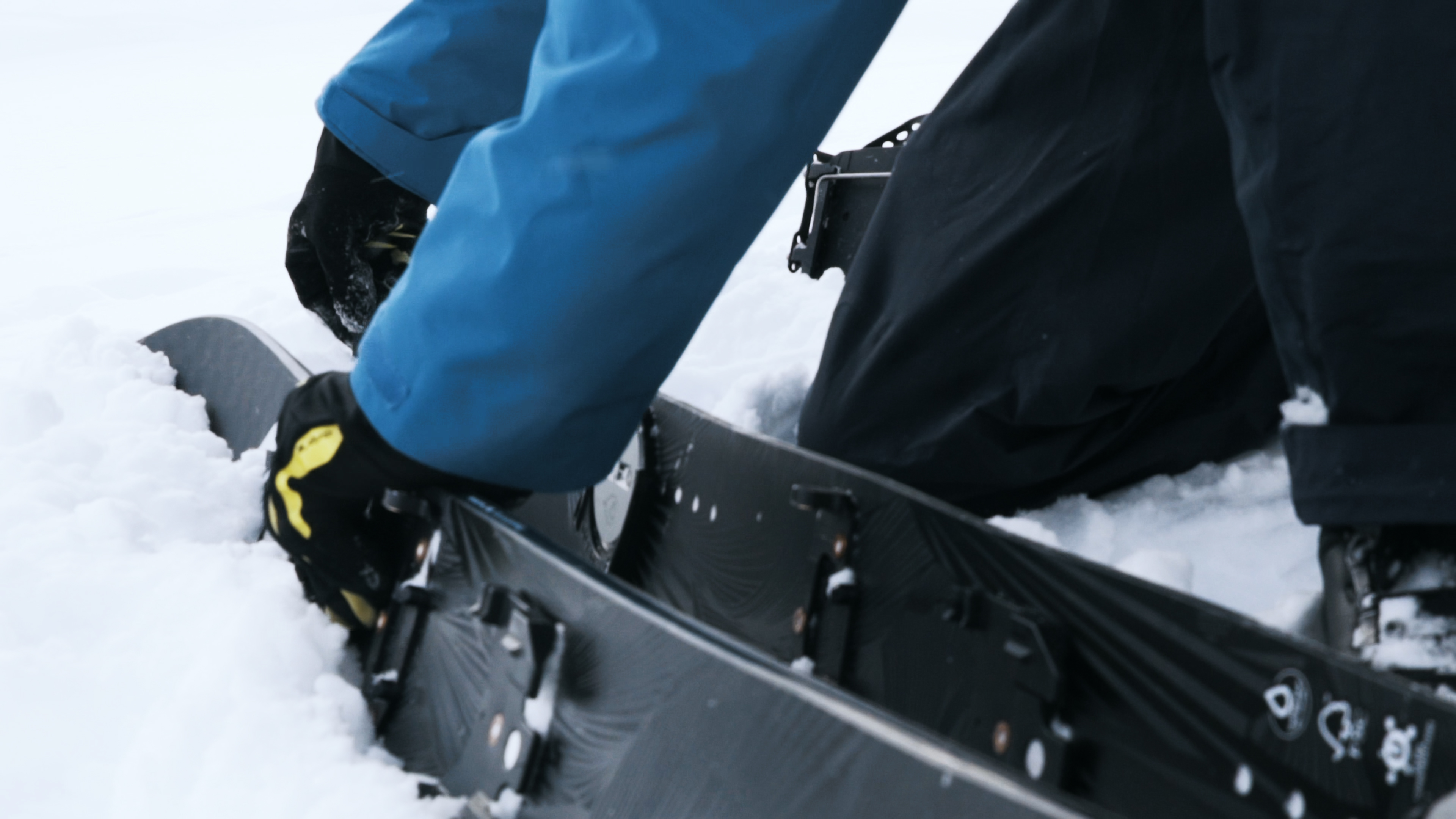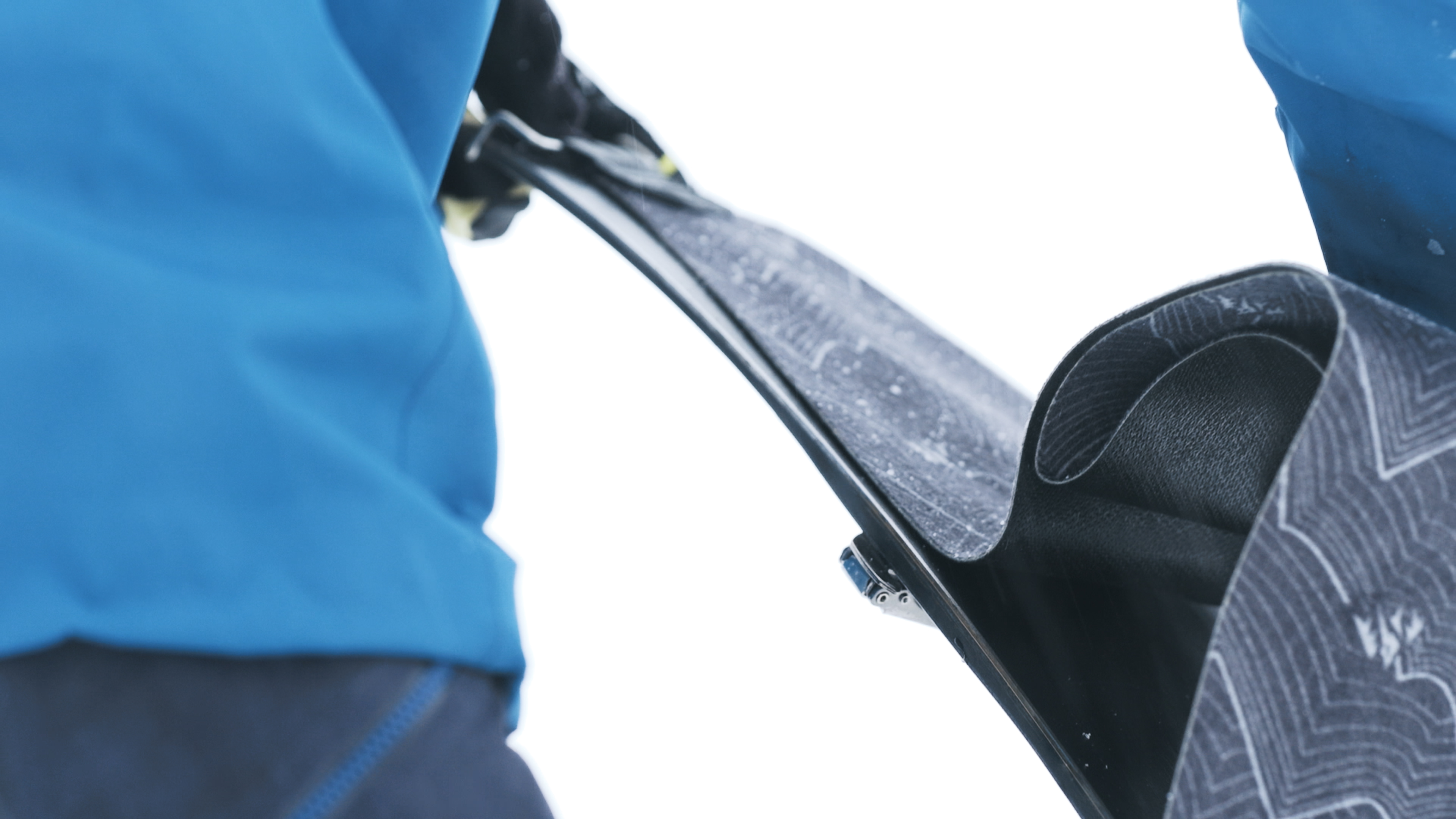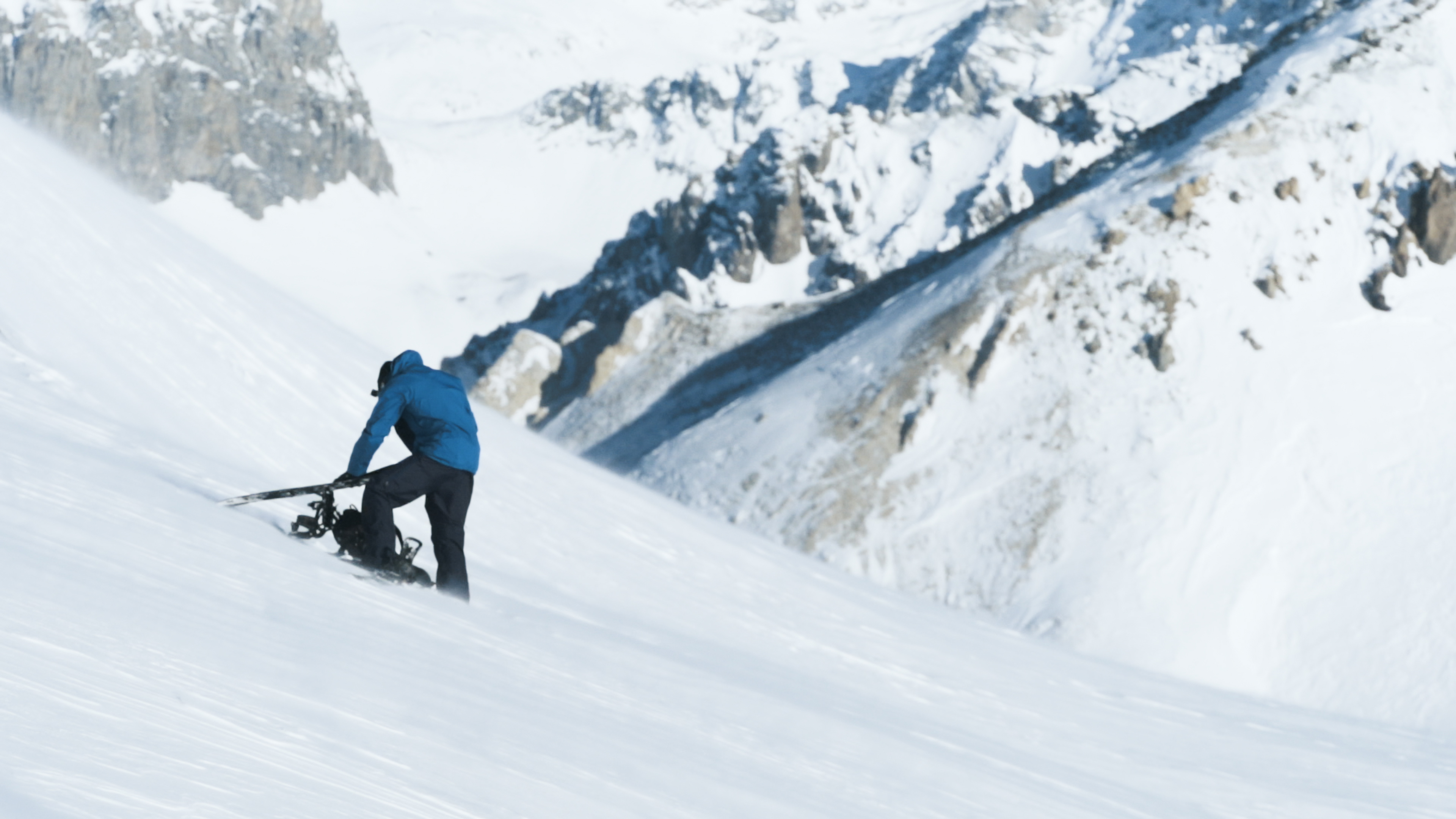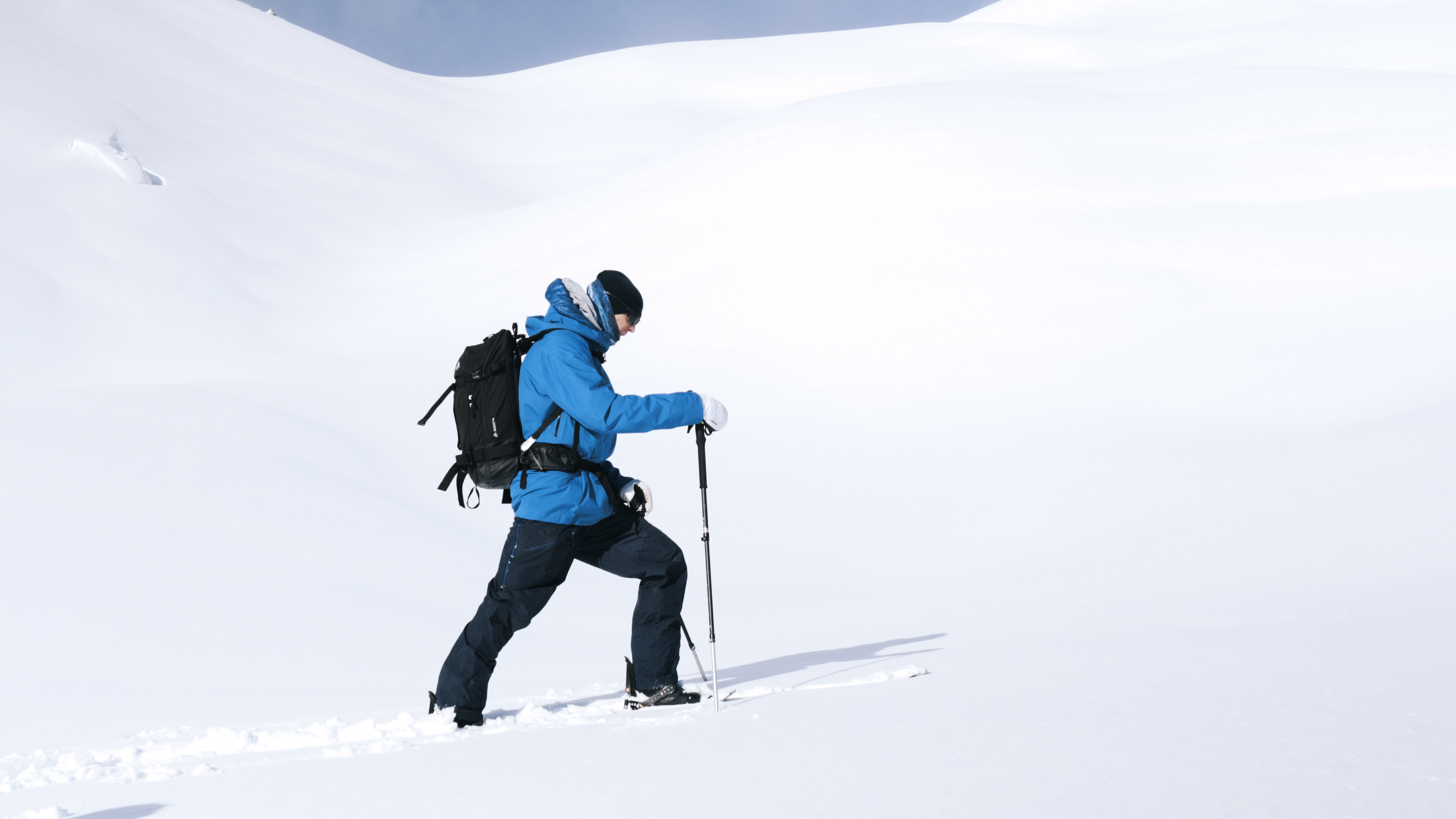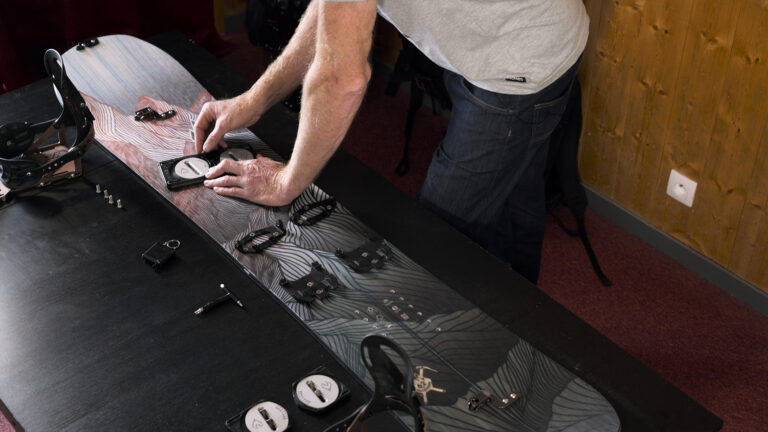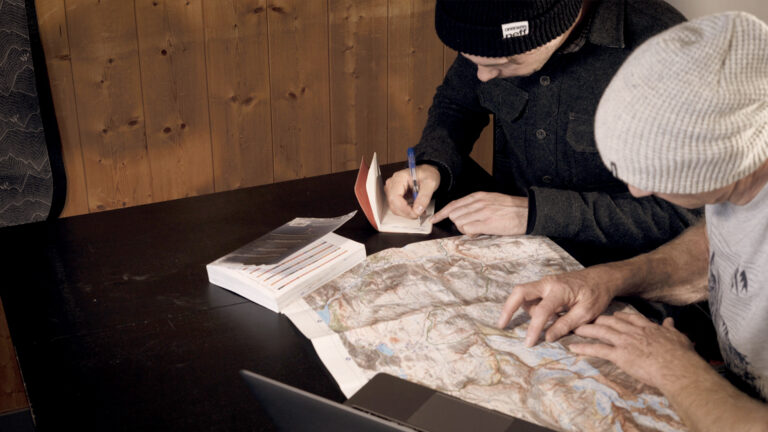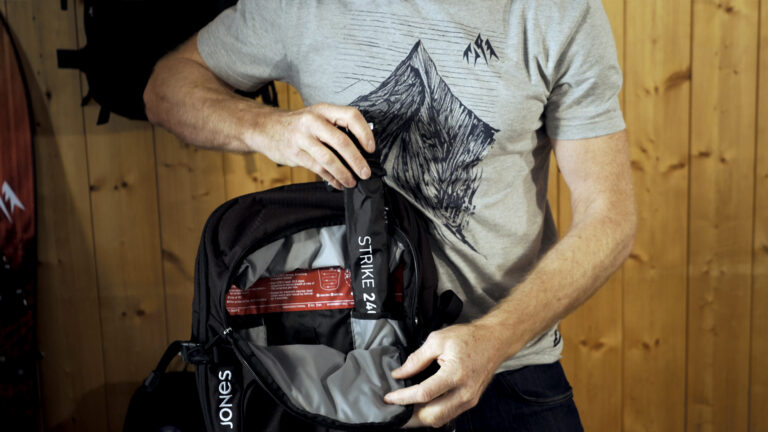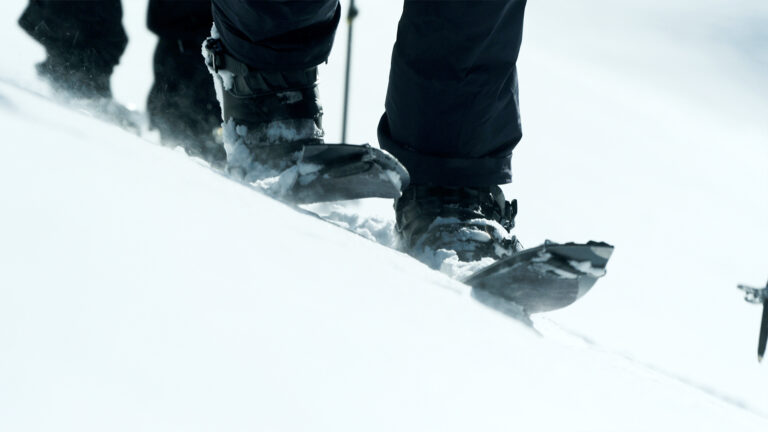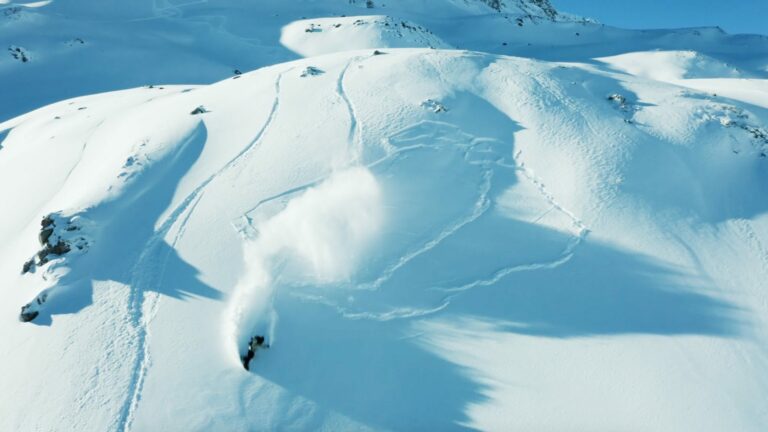Splitboarding opens up a whole new playground to explore. (Photo: Jordan Tiernan)
Every splitboard transition is different. From the terrain you find yourself on to the weather you’re faced with, there are multiple factors to consider. However, having a system in place will help to keep the process hassle-free and avoid mistakes that could potentially curtail the day’s plans.
Depending on the route, a single tour may require multiple transitions between walk and ride mode in order to access that dream line. Splitboarding seems to have fallen victim to a few myths about the difficulties of switching between these modes, but we’re here to show you how simple it really is.
“Depending on the route, a single tour may require multiple transitions between walk and ride mode in order to access your dream lines”
We’ve teamed up with Chamonix based UIAGM Mountain Guide, and Jones Snowboard Ambassador, Neil McNab, to talk you through the process along with some of his own top tips.
*Disclaimer* Unless you and your group have significant mountain safety and avalanche awareness experience, always travel through the backcountry with a guide.

